Context Gathering
Takes Forever
You get an alert at 2 AM. Now you're hunting through Grafana dashboards, Kubernetes logs, APM traces, cloud metrics, and Slack threads trying to piece together what's actually broken. 30+ minutes just to understand the problem while your customers can't complete purchases.




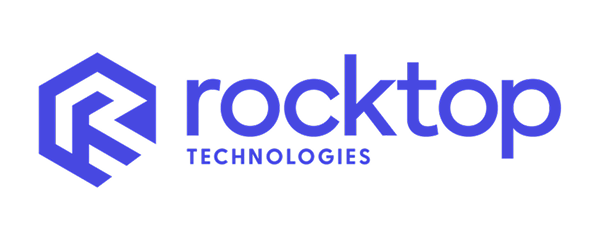

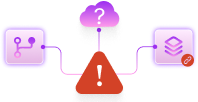
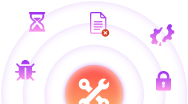
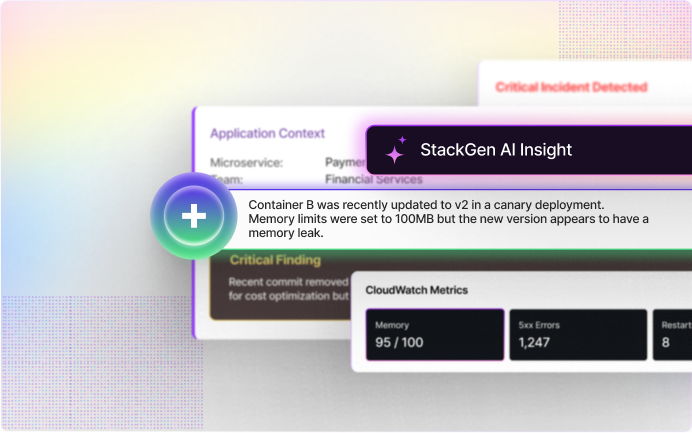
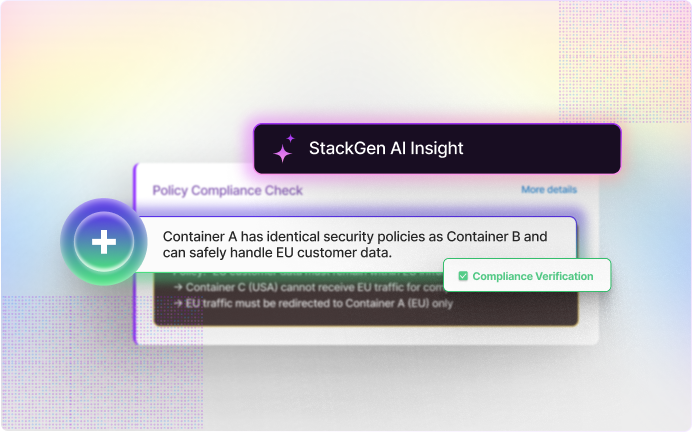
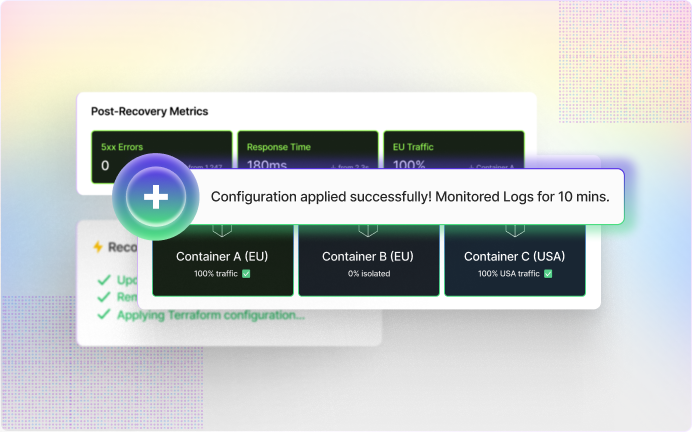



.png)